
Money varies greatly in different countries of the world. However, they are united by one fact — they are used to pay for goods and services and reflect their value.
People familiar to us today, paper bills and metal coins began to be used relatively recently. Money has come a long way in its formation - from cocoa beans and livestock to electronic systems and cryptocurrencies.
In this article, we will look at the most amazing facts about money that will help you learn a lot of new and interesting things.
Surprising Facts About Money From The Past
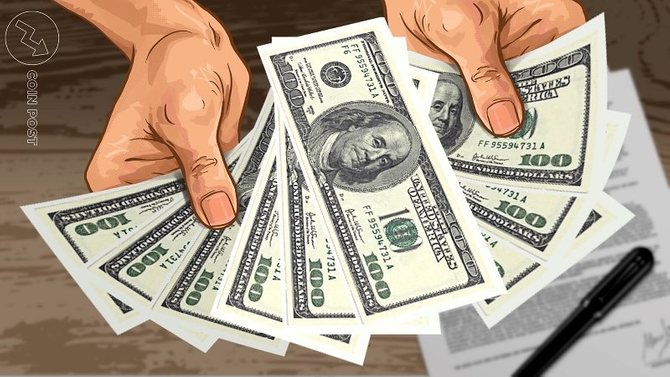
In the first section, we will share some amazing facts about money from the past, when people began to use cattle and commodities as value-setting and until the time when money took the form of bills and coins.
The Word "Money" Comes From The Word "Cattle"
The very word "money" originally came from the word "cattle". This can be traced in many languages of the world, including the names of currencies. For example, in Latin “money” sounds like pecunia, which comes from pecus (Latin for “cattle”). The same root is also present in the English pecuniary ("money").
The name of the Indian currency rupee comes from the ancient Sanskrit word rūpa (cattle). And in the old Germanic language, the word capital meant the number of cattle.
Cocoa Beans as Money
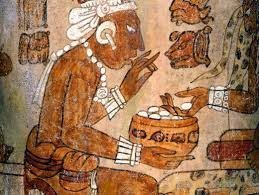
The Mayans of South America used cocoa beans as money. There are historical documents that confirm that as early as the 16th century, the Spaniards who arrived to colonize the mainland also used cocoa beans to pay for goods and services. For especially large purchases, for example, in the wholesale trade, payment was transferred in bags, each containing about 24,000 cocoa beans.
To purchase valuable goods that were not cheap, for example, slaves or people for sacrifice, special cotton raincoats were used, the cost of which, depending on the quality, varied from 60 to 300 cocoa beans.
First Paper Money
They were made on reed parchment, which was roughly the size of a modern A4 sheet.
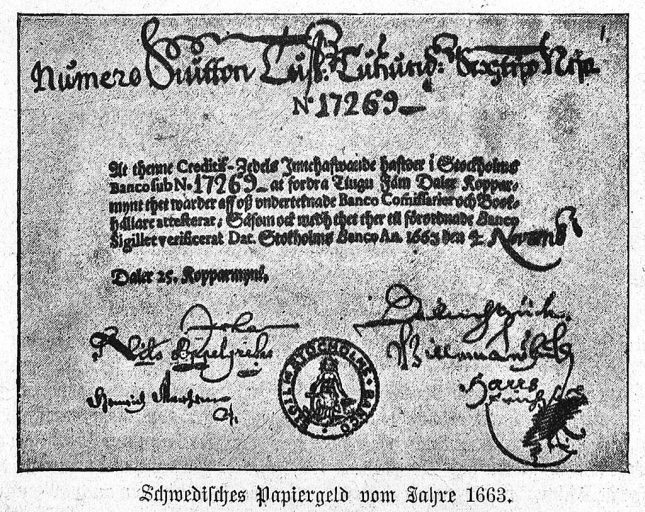
On the territory of modern Europe, the first paper notes were invented in Sweden — it happened in 1661.They were called dalers and were invented by the head of the Stockholm Bank, who offered them as credit securities backed by precious metals.
In the United States, the first paper money appeared in 1690, and it was not the dollar — it appeared later. The Massachusetts Colony issued bills in denominations of 2 shillings to 10 pounds, which were mainly used to pay salaries to soldiers during the military expansion to Canada. And in the same Canada, playing cards were the first paper money.
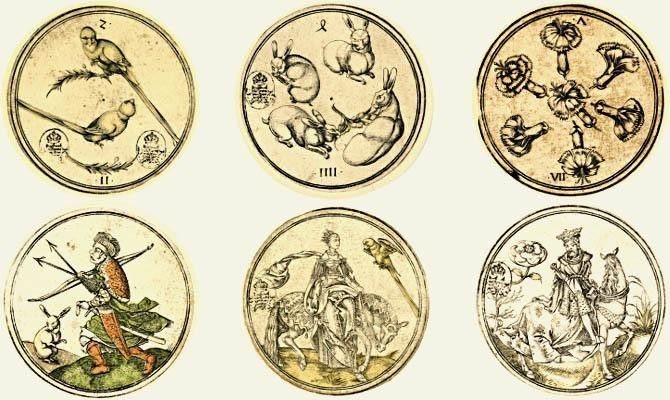
The Hardest Money
The hardest money is considered to be stoned. According to historical documents, the first stone money appeared around the 6th century A.D., but they were widely used in the 11th-15th centuries.
Best known for its limestone money is the Pacific Island of Yap. Money here is in the form of a disc with a hole in the middle and is called Rai stones or fie. At the same time, there are no standards for the size of discs — the diameter can reach from 3.5 cm to 3.6 m with a weight of 4 tons.
In Europe, the heaviest coin was made in Sweden in the 18th century — its weight was 19 kg. And in Australia, they released just a giant coin weighing 1,000 kg and a denomination of $ 1 million, while its diameter was 80 cm and its thickness was 12 cm.
Sparta Money
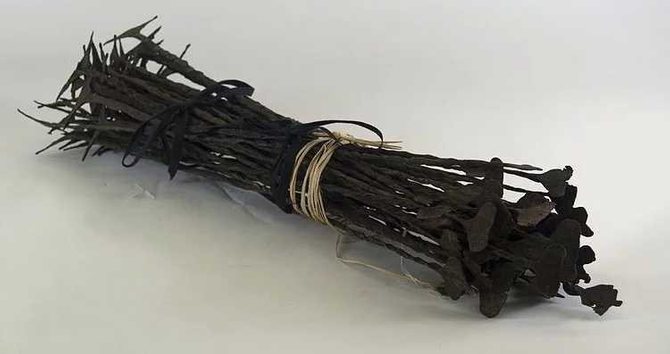
Money in Sparta is one of the most surprising facts about money.Initially, Sparta, like other parts of Ancient Greece, used gold and silver as money. But with the coming to power of Lycurgus, the monetary system of Sparta changed. All deals began to be made in long metal rods.
Why did the Spartans use such an inconvenient form of calculation? The main reason was that Lycurgus carried out a reform that was supposed to defeat theft, bribery in the state and, in general, reduce the desire of citizens to accumulate wealth.
Surprising Facts About Modern Money
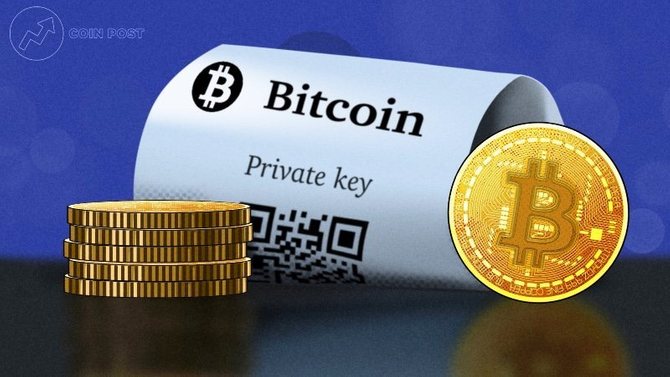
Most Popular Denominations of Money
Each country has its own currency, however, the names of money in many countries are the same. So, the most popular names are only three — dollar, peso and franc.
The name "dollar" originates from the name of the Czech coin "Joachimstaller", which was minted in the city of Joachimstal. Later, the coin was renamed "thaler", and in English it changed to "dollar", where it later began to denote a completely different currency.
The name "peso", which is used for the money of most countries in Latin America, is translated from Latin as "weighted" (pensum). It is interesting that the names of many modern currencies took their name precisely from the word "weight" in different languages.
The name "franc" came from the word "France", and it was minted from gold and silver. Depending on the image on the coin, there were two types of franc: "horse franc" and "foot franc".
The Most Popular Banknotes
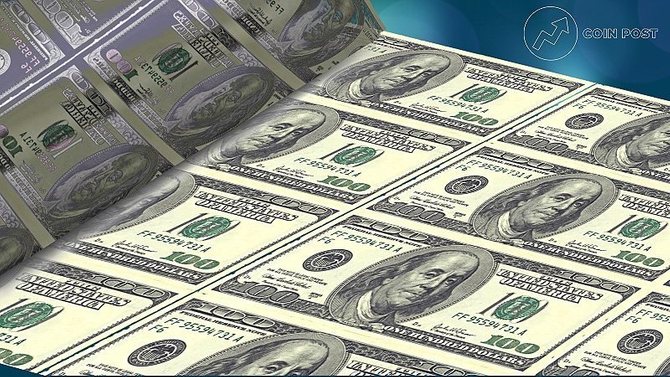
The most popular bills in the United States are considered to be 1 and 20 dollars, and Americans also often hold money in denominations of 5 and 10 dollars. In addition, there is a US $ 2 banknote, but it is quite rare, therefore, it is mainly found only in collections. Interestingly, the world's most popular banknote is $ 100.
However, they are quite rare, especially for foreigners, because US law prohibits the export of denominations above $ 100 outside the country.
Lifetime of Money
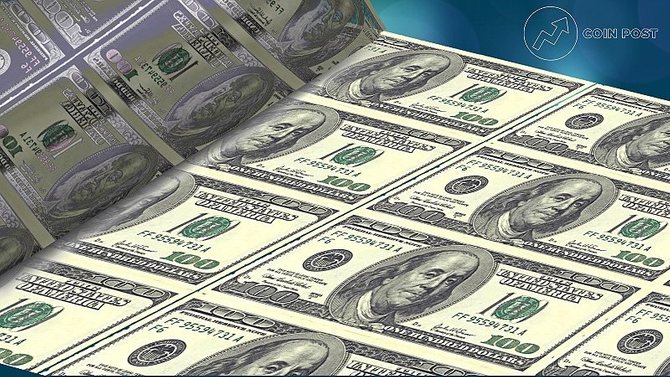
The average life of a bill is 4,000 folds - during this time it has time to pass through 40,000 - 50,000 people, after which it tears. It takes about 4-5 years, so central banks reissue new banknotes from time to time.
Paper money is made from extra strong paper, which is 75% cotton and 25% linen.
Notches on Coins
The notches on the edges of coins date back to the days when money was minted from precious metals.
This idea was proposed by the scientist Isaac Newton, which helped to avoid scam. The traders cut off pieces of coins and handed them over to the metal. With the introduction of the new standard, such a business became impossible, because the cut edges were immediately apparent and the coin became unusable.
The ribbed surface on coins is still called "edge", and almost all countries nowadays use this method of protection against counterfeiting.
Distribution of Money in the World
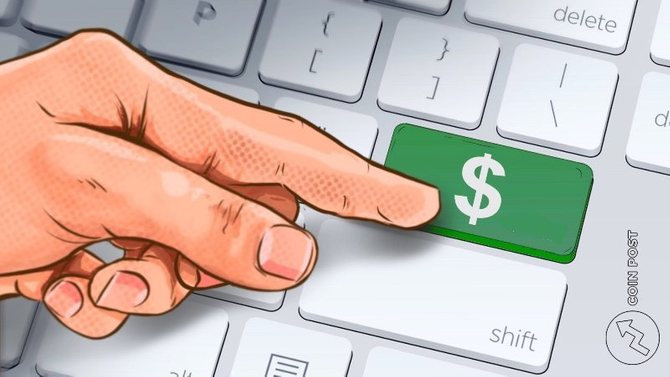
According to numerous studies, only 10% of the people on the planet own 82% of all money, the remaining 90% of the population accounts for only 18% of the wealth.
At the same time, there are 46.8 million dollar millionaires (those who have at least $ 1 million), and about 2,100 dollar billionaires (who own at least $ 1 billion), according to 2018 data. On average, one person worldwide accounts for $ 70,800, with the highest figure in Switzerland at over $ 564,500.
About a third of the world's population lives on less than $ 2 a day, of which more than a billion people live on less than $ 1 a day.
See 20 More Surprising Facts About Money: